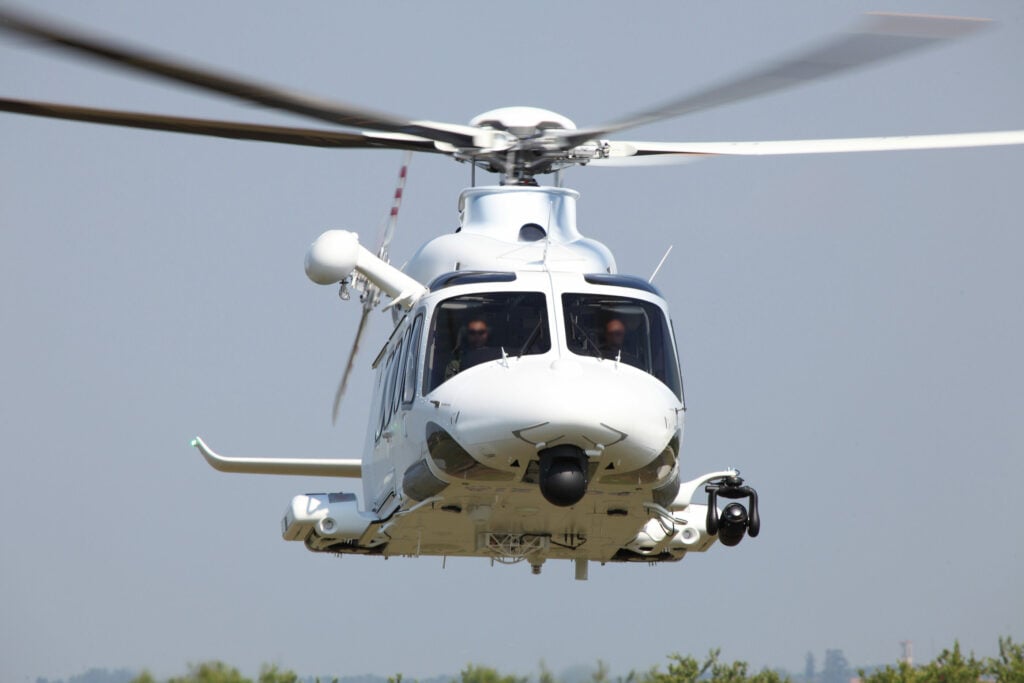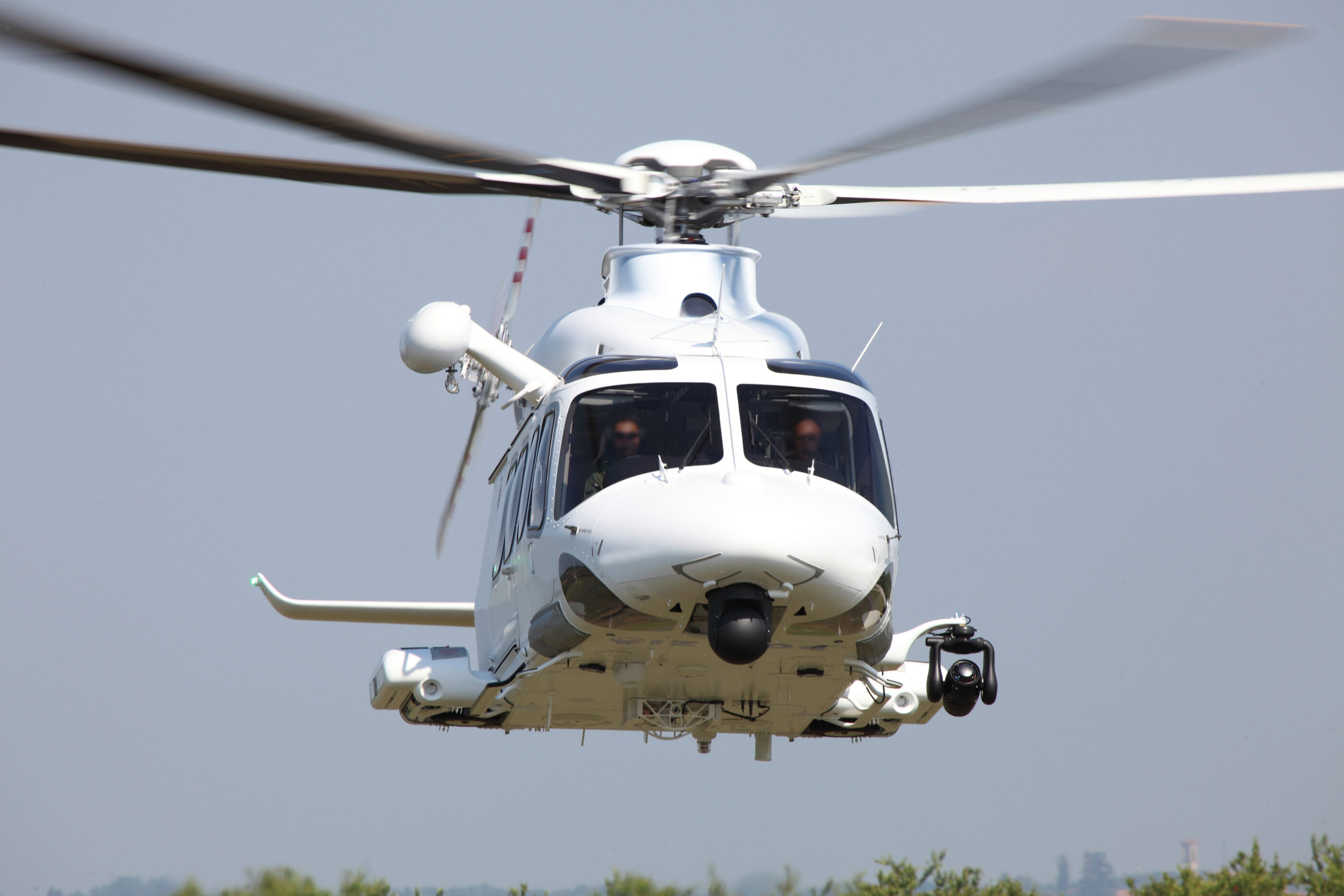Pratt & Whitney Canada is reporting “huge positivity” in the rotorcraft market in 2023, as it works to ease the impact of supply chain bottlenecks for its customers in a booming market.

“We’ve got record backlogs at many, if not all, the [airframe] OEMs,” John Lewis, senior director of customer programs at Pratt & Whitney Canada, told Vertical. “There’s huge positivity around the market in general, and our shops are very busy in the aftermarket as well. The struggle we have is keeping up.”
He said 2022 was “not an easy year — as for many,” with industry-wide supply chain issues making it more challenging to support the 66,000 engines around the globe for which P&WC is responsible (in addition to helicopter engines, the company supports business jet engines up to 18,000 pounds of thrust and turboprops up to about 5,000 horsepower).
“There’s been a lot of positives, but 2022, if there’s two words, it’s ‘supply chain’ — and we’ve been working very hard to get better [supply through to customers].”
This has included redirecting engineering resources to work on new technology to improve yields and make inspections faster, and deploying staff to suppliers to ensure P&WC is getting its share of parts in a timely manner.
“It’s really ensuring we have discipline and quality out of our supply chain, but also bringing in the new technology to try to do it better and faster — both now and in the future,” said Lewis.
There is also a limit as to what could potentially be brought in-house. Complex castings, for example, are some of the more significantly affected parts in the supply chain crisis, but these require foundries and workers with specific skills and experience. And with P&WC anticipating the supply chain bottlenecks clearing by the end of this year, there has to be more than a short-term payoff to justify the cost.
“If you’re deploying better inspection technology, or working with suppliers to have better technology on their line so they get better yields — well, those things pay off over decades, so they’re worthwhile investments both in the current context but also for the future,” said Lewis.
As part of its efforts to reduce costs for its customers, at Helicopter Association International Heli-Expo 2023, P&WC announced that it was adding a new parts package for PT6T-3 reduction gearboxes to its P&WCSMART line of products. A “flat rate” parts package, it includes new major assembly parts replaced during a scheduled reduction gearbox clutch inspection at a discounted price.
The engine manufacturer also announced the rollout of new Remote Maintenance Kits for customers enrolled in its Eagle Service Plan pay-per-hour maintenance plan. The kit is comprised of selected parts and tooling for engines to help support aircraft availability and maintenance autonomy.
A Greener Future
Looking to the future, P&WC is taking a multiple-pronged approach to reducing carbon emissions from its engines.
“Our view of this is: things are obviously going to evolve [in terms of reducing carbon emissions] and we want to be there going into the future — but we also need to be able to act as soon as possible,” said Lewis.
One immediate step is a carbon offset program, offered to customers on a power by the hour program. The service estimates and compensates an aircraft’s emissions by sourcing carbon offset credits from South Pole, a recognized provider of environmentally sustainable solutions. This year, the company has invested in a diverse group of Gold and Verified Carbon Standard offset projects, and focused on those that have a high social impact.
Sustainable Aviation Fuel (SAF) is another key element in reducing emissions today. All P&WC engines are certified to run on a 50-percent blend of SAF, and Lewis said the company is part of industry committees working to define what 100 percent SAF will look like, chemically.
“There’s going to have to be some boundaries somewhere, because, for example, the lubricity is not necessarily the same [between different SAF sources] — so, the extent to which the fuel lubricates the pumps that it goes through and the valving that it goes through is different than [Jet A],” he said. “If you do it wrong, you could end up with wear in fuel pumps, for example, and other things that you don’t want.”
Seals are another element that could be impacted and may have to be changed for compatibility.
“One of the things about jet fuel is that certain compounds of seals will swell in the presence of jet fuel,” he said. “This is good, because that means they seal. You got to make sure there’s enough of those compounds in a SAF to do what they need to do. So, all of that is well known and it’s being worked on.”
Meanwhile, P&WC also has a hybrid-electric propulsion system demonstrator program running. While the program is using a Dash 8 regional airliner as its testbed, Lewis said it was simply for convenience due to the size of the platform.
“We believe that whatever we learn — about power conditioning, about batteries, about making the system work as a propulsion system onboard a real aircraft — will be transferable to the helicopter market,” he said.
The demonstrator is using a parallel hybrid system, whereby the electric motor can be used in addition to the gas turbine during phases of flight that require very high power.
Since the P&WC’s founding in 1928, it has produced over 110,000 engines, with 66,000 of those still in service with 15,000 customers. In February this year, the company celebrated reaching one billion flying hours across P&WC’s engine fleet.
“It represents decades of investment; it represents the thousands of people who’ve worked for us over the years, designed these products, manufactured these products, supported these products; and of course it represents all the customers that put them on airframes and took them into service and did useful things with them,” said Lewis.
The company is also celebrating another landmark this year — the 60th anniversary of the PT6 engine series. To note, the PT6 engine accounts for 500 million of the one billion flying hour milestone. Introduced in 1963, it has powered over 155 different aviation applications and significantly evolved over the years. It was 500 horsepower at launch, while the most recent version is almost 2,000 horsepower.









